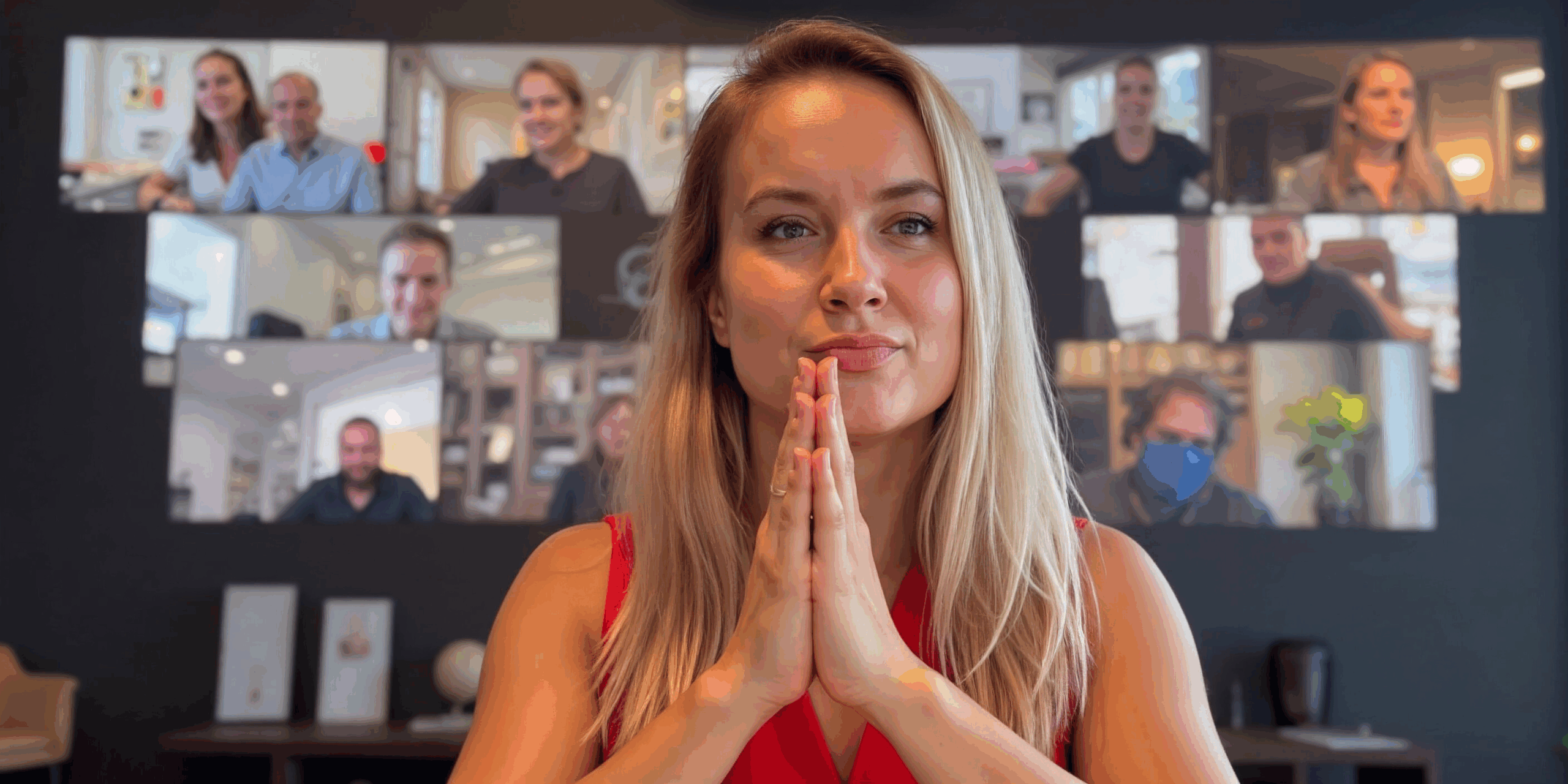You don’t buy from logos. You buy from people. Why do you trust one creator more than a giant company? What makes you follow, believe, and eventually spend your money on someone online? The answer lies deep in human psychology. And once you see it, you’ll never look at marketing the same way again.
Trust beats strategy every time
People don’t buy the best product. They buy the brand that feels right. The one that seems honest, relatable, and human. When a personal brand earns your trust, logic takes a back seat.

Why trust drives every purchase
We live in an age of skepticism. Ads feel fake. Corporations feel distant. But when a real person shares their story, we listen. You trust a personal brand because:
- You see their face. Faces trigger emotional recognition. They feel real.
- They share their story. Vulnerability creates authenticity.
- They show consistency. Regular content builds reliability.
- They speak directly to you. That connection feels personal, not corporate.
A brand without trust is just noise. A personal brand with trust becomes a magnet.
What makes a personal brand feel “real”
When you show both your wins and your struggles, your audience sees a full human, not a highlight reel.
The power of human signals
Humans pick up tiny cues of honesty. Tone, posture, word choice. All these micro-signals matter more than any marketing strategy. Here’s what creates instant credibility:
- Eye contact in videos. It mimics real conversation.
- Unfiltered emotions. Laughter, pauses, even hesitation.
- Honest storytelling. People remember emotions, not polished lines.
The hidden psychology behind “like and buy”
People buy from those they feel they know. Even if they’ve never met them. That’s the parasocial effect—a one-sided emotional bond with a public figure. It happens with influencers, YouTubers, even newsletter authors. You start to feel part of their world. When they recommend something, it feels like advice from a friend.

The three psychological triggers of trust
Personal brands thrive because they activate three universal triggers:
- Familiarity: Repeated exposure makes you feel comfortable. You’ve seen their face, heard their voice, read their posts.
- Authority: They demonstrate knowledge. Not by bragging, but by teaching.
- Similarity: You see yourself in them. The same fears, same dreams, same struggles.
These triggers bypass logic and speak straight to emotion. You don’t analyze them. You feel them.
Storytelling: The engine of personal branding
Stories are how humans make sense of the world. Long before marketing existed, stories built tribes and passed down wisdom. Personal brands simply use that same instinct, just with a camera or a keyboard. A personal brand that tells stories does three things:
- Creates emotional tension. Every good story has a problem and a resolution.
- Shows transformation. People want to see growth, not perfection.
- Invites identification. The audience sees their own journey in yours.
When your story feels true, people invest emotionally first, and financially later.
The trust loop
Trust works like a loop. You give value. People respond. You stay consistent. Their trust deepens. Once that loop spins long enough, buying becomes natural. Not because of persuasion. Because of belief.
How to build it (and keep it)
If you want people to trust your brand, forget about going viral. Focus on staying real. Try this simple trust framework:
- Be consistent. Show up regularly, even when no one reacts.
- Be human. Share wins and failures.
- Be useful. Give value before you ever ask for anything.
- Be responsive. Talk to your audience like real people.
Trust doesn’t happen overnight. It compounds. Every post, reply, or story adds another layer.
Why people choose you over a brand
When two products look the same, people pick the one tied to emotion. They choose you because they believe you mean it. People don’t want perfection. They want connection. A faceless brand can’t laugh, blush, or admit a mistake. But you can. And that’s your advantage.


